Trees for birds
Looking for ways to attract more wild visitors to your garden? Buy fruiting trees birds (and you) will love.
Visit our shop
Content manager
Think of migration and you might picture birds heading south for the winter. But did you know the UK also attracts several species during our colder months?
Some years can be better than others, but it's thought that when trees and hedgerows have poor fruiting years in Scandinavia and other parts of continental Europe, migrant winter birds are more likely to arrive here in numbers. They come in search of a meal and more forgiving weather conditions, and if the wind direction is favourable they can arrive in their thousands.
Which of these winter visitors could you encounter before they head back to their summer homes?
Look for a grey head and tail, with brown across the wings and back. Fieldfares have orange colouration around the throat and chest. The flanks are pale and spotted in the same way as the chest. Their underwing is white if you see it during flight.
Fieldfares are large members of the thrush family and are slightly bigger than blackbirds. Wingspan up to 42cm across.
Mainly hedgerow fruits such as hawthorn berries, but also invertebrates when the weather allows and sometimes wind fallen apples in gardens and orchards.
Look out for small flocks of fieldfares feeding and travelling together, usually across farmland and along hedgerows. Can often be seen with redwings.
A distinctive, loud chuckle.
Fieldfare call
Audio: Dominic Garcia-Hall / xeno-canto.org
Redwings prefer to migrate at night.
As the name suggests, this bird has distinctive red patches on the underside of each wing. Look for a brown head with a pale stripe above the eye. and brown back and wings with a pale mottled front.
Redwings are also part of the thrush family but are smaller than fieldfares. Wingspan up to 35cm across.
Mostly hedgerow fruits such as hawthorn berries.
Often seen travelling with groups of fieldfares, usually along hedgerows and across open fields.
A much more gentle-sounding call than that of the fieldfare.
Redwing call
Audio: David Darrell-Lambert / xeno-canto.ortg
The waxwing is distinctive with its silky, grey-pink plumage and fabulous crest. Look for a black bib under the beak and a black eye mask. It gets its name from the waxy red tips coating some of the wing feathers. The end of its squarish tail is bright yellow, with some yellow highlights also on the wings.
About the same size as a starling. Wingspan up to 35cm.
Fond of rowan, hawthorn and cotoneaster berries.
Most likely to be seen in eastern parts of the UK, including in gardens and orchards. Sometimes also encountered in supermarket car parks or feeding from fruiting street trees.
A thin, reedy twitter.
Waxwing call
Audio: Kieran Nixon / xeno-canto.org
Male and female bramblings have different plumage, although by the time they arrive in the UK in autumn and winter the male's bright breeding colours have usually faded.
The male has a grey-blue head, warm orange breast, white belly and rump, and dark wings with orange bars. The female is similar but with duller orange breast and buff brown head.
Similar in size to chaffinches, which often mix together with them in flocks. Wingspan up to 26cm across.
Beech mast (the seeds produced by beech trees).
Look for flocks of bramblings in woodland, especially those with beech trees. Will sometimes visit gardens and might be spotted on roads beneath trees where they can feed on seeds crushed by passing traffic.
A short, nasal call.
Brambling call
Audio: Andrew Harrop / xeno-canto.org
Looking for ways to attract more wild visitors to your garden? Buy fruiting trees birds (and you) will love.
Visit our shop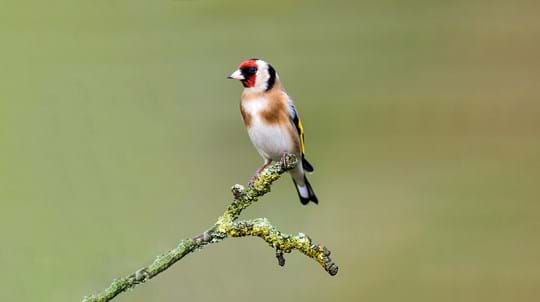
Blog
Amy Lewis • 28 Feb 2019
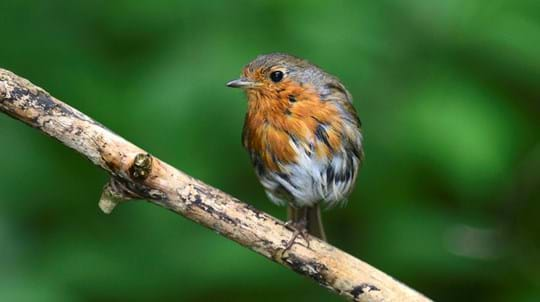
Blog
Amy Lewis • 11 Sep 2020
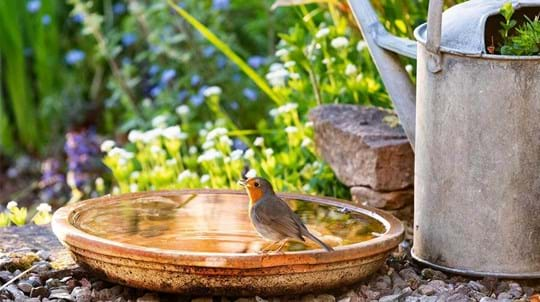
Blog
Hannah Vickers • 22 Jul 2020
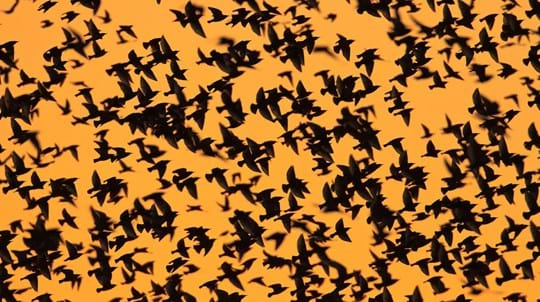
Blog
Amy Lewis • 20 Nov 2018
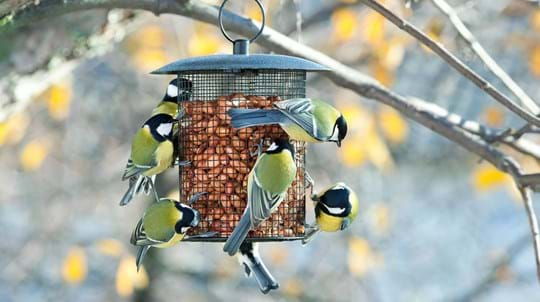
Blog
Amy Lewis • 22 Feb 2018
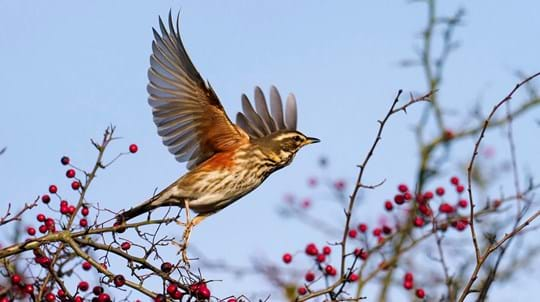
Blog
Charlie Mellor • 20 Nov 2023
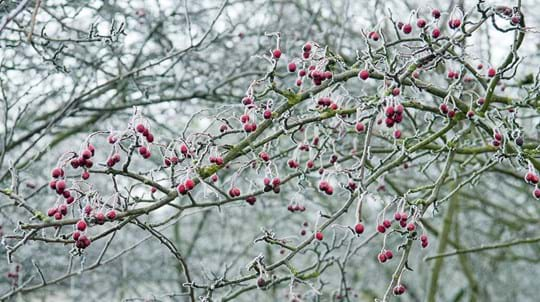
Blog
Charlie Mellor • 26 Nov 2021
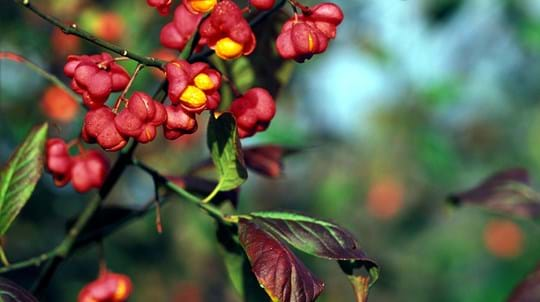
Blog
Charlie Mellor • 29 Nov 2018